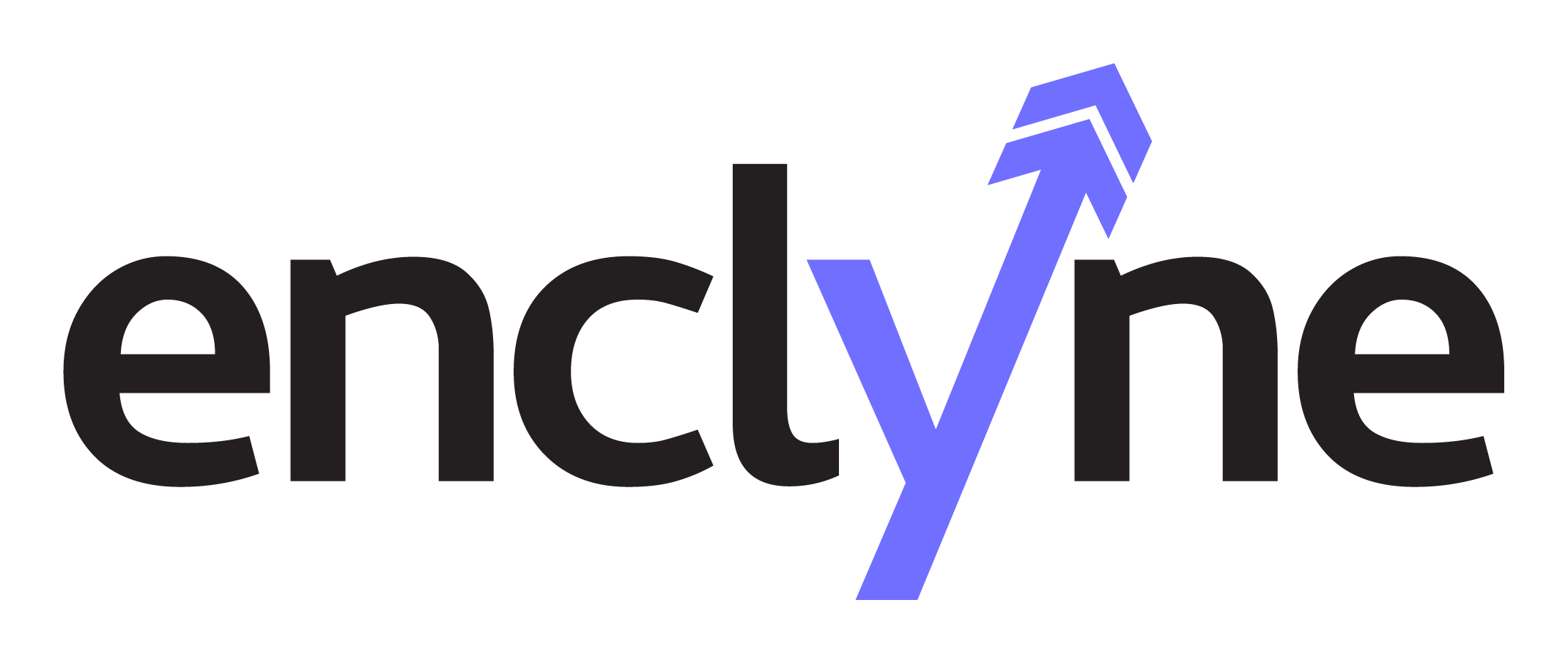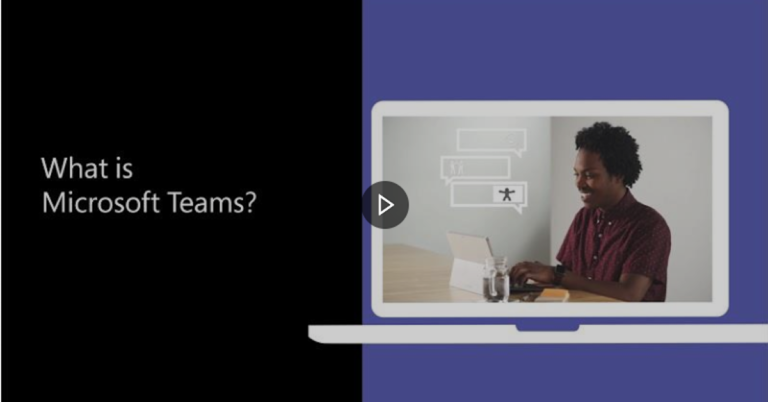In today’s fast-paced business environment, collaboration tools such as Microsoft Teams are essential for teams to work together effectively. However, with the ease of use and flexibility that Microsoft Teams provides, there is a risk that sensitive data could fall into the wrong hands. In this blog, we’ll discuss the importance of locking down Microsoft Teams to protect your organization’s data.
What are data asylums?
Data asylums refer to situations where data is not effectively managed, leaving it in a state where it is not properly secured, accessible, or usable. This can occur when data is spread across various platforms and not properly organized, leading to issues with data governance and compliance.
The importance of locking down Microsoft Teams
To prevent data asylums in Microsoft Teams, it is important to lock down the platform. This means controlling user access, establishing policies and procedures, and implementing security measures to prevent data leakage.
Controlling user access
Controlling user access is essential to prevent unauthorized access to sensitive data. By limiting external access, setting up user roles and permissions, and monitoring user activity, organizations can reduce the risk of data leakage.
Policies and procedures
Establishing policies and procedures to govern the use of Microsoft Teams is critical to ensure that data is properly managed and protected. This includes creating policies around data retention, data classification, and data sharing.
Security measures
Finally, security measures such as encryption, multi-factor authentication, and regular security audits are essential to protect data in Microsoft Teams. By implementing these measures, organizations can reduce the risk of data breaches and data loss.
In conclusion, Microsoft Teams is a powerful collaboration tool that can greatly benefit organizations. However, to prevent data asylums and ensure the proper management of sensitive data, it is essential to lock down the platform. By controlling user access, establishing policies and procedures, and implementing security measures, organizations can reduce the risk of data breaches and protect their sensitive data.

